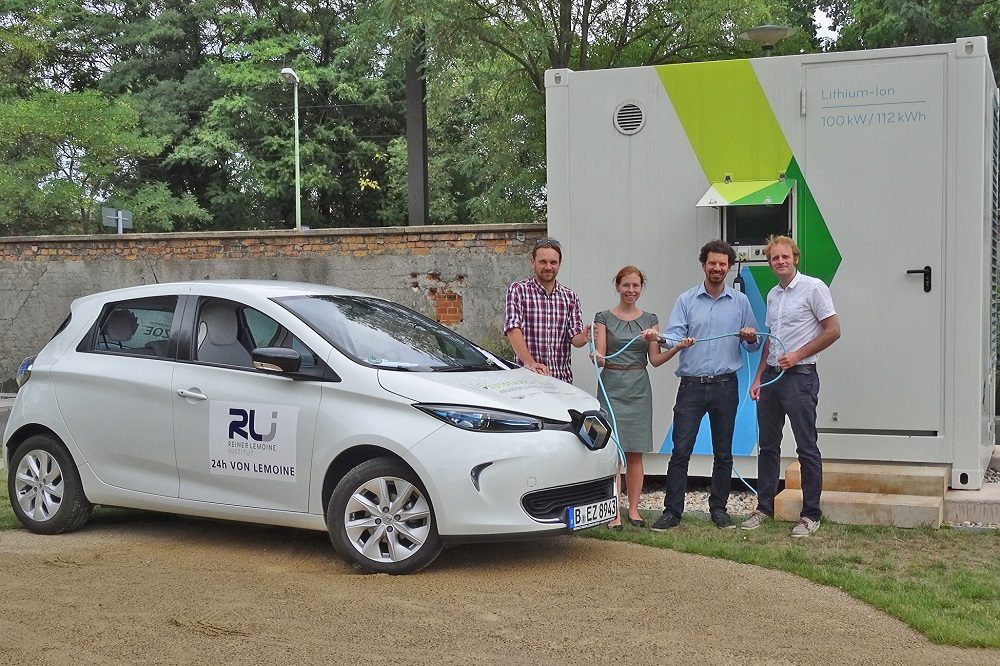Development of control system for a mini-grid test rig

Project description
Project period 01.11.2013 – 31.12.2014
The integration of renewable energy is of great significance in the off-grid market. In off-grid regions, currently diesel generators are mostly used for load coverage, which shows a big potential for the reduction of CO2 emissions and costs as well, if it’s possible to renounce fossil fuels and its rising cost. Against this background, QINOUS GmbH has developed an energy storage system that will be integrated into existing diesel grids for ensuring the grid stability by using lithium batteries, which can be fed mainly by PV and wind turbines. For demonstration purposes a test rig was built in Berlin Schöneweide, which also enables to continue the development of the energy storage system. RLI was responsable for developing the main structure of the control system.
The test rig consists of several system components that represent a mini-grid. This includes a diesel generator with 150 kVA, the energy storage system with 112 kWh/100 kW, as well as a load and a PV simulator (inverters with 150 kVA). In addition, a new battery technology based on saltwater made by Aquion was added. A M1 controller of Bachmann electronics is used for the interconnection and controlling of the entire test rig. The communication between the individual components and the test procedures are based on Matlab Simulink and M-PLC. The different scenarios consider: (a) a currently common configuration of load and diesel, (b) the inclusion of renewable energies and batteries and (c) the complete exclusion of diesel. To simulate the load and the generation of EE typical profiles of regions without access to the network as well as synthetic curves can be used as input. For operation a graphical user interface based on webMI was developed.
Tasks
The test rig offers Qinous the opportunity to test their battery management system and to adapt it to the requirements of a mini-grid with fluctuating loads and also strongly fluctuating power generation from wind and PV. The aim should be to displace the diesel generator from the mini-grid and to ensure the frequency stability by the energy storage system. The development of programmable logic control allows for the automation of test sequences on the test rig. By the simultaneous visualization of the measured data the experimental procedure is monitored.